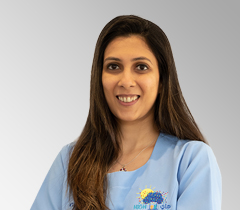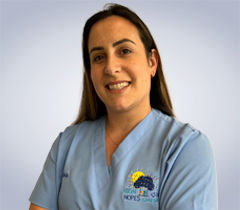

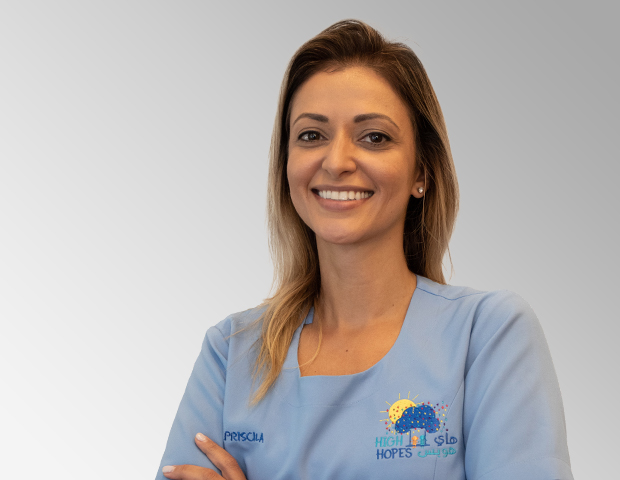
Priscila Cunha Santos
Senior Pediatric Physical Therapist
Neurology and Neuroscience, PhD
DHA License Number: 26093763-001
Biography
Priscila Cunha Santos is licensed by the Regional Council of Physical Therapy and Occupational Therapy of the 3rd Region (CREFITO 3) in Brazil and the Dubai Health Authority (DHA).
Priscila has 18 years of extensive experience in child neurological rehabilitation processes working with Clinical Neurofunctional Physiotherapy, Hydrotherapy and Intensive programs. She was also a Professor for 5 years teaching Neurological Physiotherapy in undergraduate Physiotherapy courses in Brazil. For the past 8 years, Priscila has been heavily involved in applying Intensive Training Programs in skill cages, also known as Spider Cage and in the use of orthotic suits as TheraTogs and Pediasuit. Priscila moved from Brazil to Dubai especially to join the High Hopes family!
Priscila completed her graduation in Physiotherapy in 2002 and achieved her Doctor’s Degree in Neurology and Neuroscience from the Federal University of São Paulo (Brazil) in 2015. She is also a certified post graduate in Motor Physiotherapy applied to Neurology by the same University and in Intervention in Neuropediatrics by the Federal University of Sao Carlos, both in Brazil.
Priscila’s focus is on neurological development and neuroplasticity for increased functional skills and motor repertoire, as well as orthopaedic and gait development. Her approach involves a neurodevelopmental and biomechanics concepts applied in a playful way.
Priscila is fluent in English and Portugese and she can offer therapeutic support in both languages.

HER CERTIFICATIONS
- PhD in Neurology and Neuroscience
- Specialization in Clinical and Hospital Motor Physiotherapy applied to Neurology
- Specialization in Intervention in Neuropediatrics
- Certified TheraTogs Fitter Level I and II
- Pediasuit Method (Spider Cage Therapy)
- MAES Therapy Approach
- TherapyTaping, Basic and Advanced levels
- Sensory Integration Method, Basic level
- Dynamic Bracing Course Series (Cascade Dafo Institute)
- Gross Motor Function Measure (GMFM)
- Pediatric Foot & Ankle Development and Deformity Management by Bervely Cusick, PT, MS, COF
- New paradigms in Pediatric Equinus Deformity Management by Bervely Cusick, PT, MS, COF
- Certified International Schroth 3D Scoliosis Therapist (ISST)
- Task-Specific Electrical Stimulation (TASES) by Judy Carmick
HER Expertise
- Cerebral Palsy
- Rare Genetic Conditions
- Down Syndrome
- Prematurity and Early Intervention
- Spina Bifida
- Traumatic Brain Injuries (TBI)
- Infantile Stroke
- Hypotonia/Low muscle tone, Hypertonia/High muscle tone or Dystonia
- Ataxia and Dyskinesia
- Duchenne Muscular Dystrophy and other Neuromuscular Diseases
- Cortical Visual Impairment (CVI)
- Global Developmental Delays
- Autism Spectrum Disorder
- Toe-walking and other Gait/walking difficulties
- Hypermobility
- Torticollis
- Neuromuscular scoliosis
- Clubfoot/Congenital Talipes Equinovarus (CTE)
- Post-Surgical and Post-Botox Rehabilitation
- Post-chemotherapy Rehabilitation

Blogs by Priscila Cunha Santos
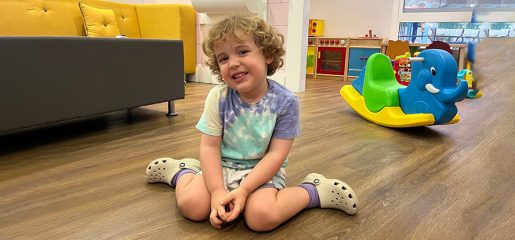
Understanding W-Sitting in Children: What Parents Should Know?
As physical therapists, we often hear parents expressing concern about the postures their children adopt while playing at home and school. Among the various positions,…
Read More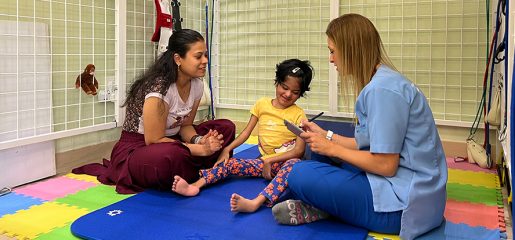
Neurologic Pediatric Physiotherapy for Children with Neurological Diseases
Neurologic pediatric physiotherapy plays a crucial role with the rehabilitation team in enhancing the quality of life of children with neurological diseases. In this blog…
Read More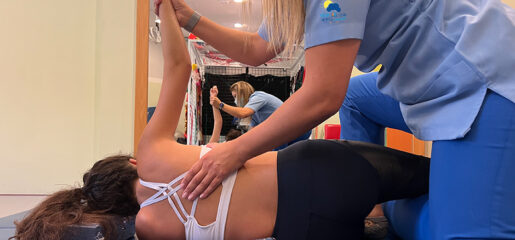
Neuromuscular scoliosis: diagnosis and treatment options
Children with progressive and non-progressive neurological impairment like cerebral palsy, muscular dystrophy, CDKL5 deficiency disorder, and myelomeningocele present abnormal and asymmetric muscle forces, which lead…
Read More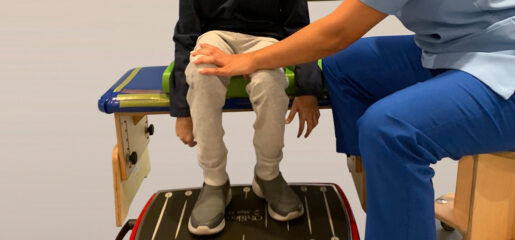
Whole Body Vibration Therapy for kids with neurologic conditions
Vibration therapy (VT) is increasingly used to address coordination, strength, and flexibility, improving the performance of children and adults in functional activities. The clinical application…
Read More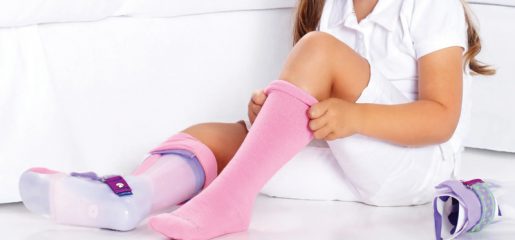
The role of therapeutic shoes for children with neurological disorders
The choice between orthopaedic shoes and lower limb orthoses for children with movement disorders is widely discussed in the clinical setting, leaving parents and caregivers…
Read More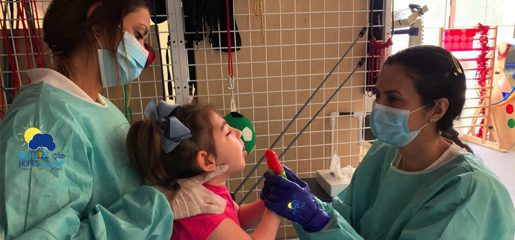
The integrated Physical Therapy and Speech and Language Therapy teamwork for children with neurological conditions
The demands of children’s neurological rehabilitation are related to autonomy and independence, and often involve contributions from several disciplines, such as the physical therapist, speech…
Read More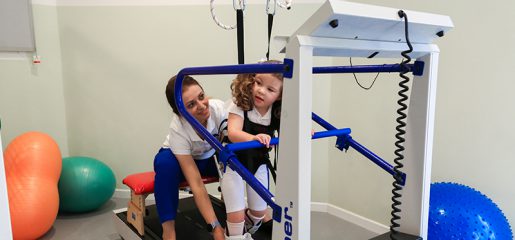
Partial body-weight support training (PBWS): a good strategy for walking training in neuropediatrics
Partial body weight support (PBWS) training is an evidence-based approach for walking training of children with neuromotor disorders (Novak et al., 2020) that uses task-specific…
Read More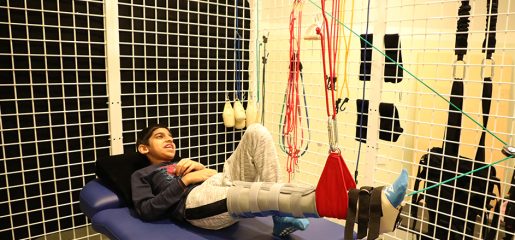
Spider Cage: An Engaging and Entertaining Rehabilitation resource
The universal exercise unit, commonly referred to as the spider cage, is a structure used in neuropediatric rehabilitation to allow active and self-initiated movements and…
Read More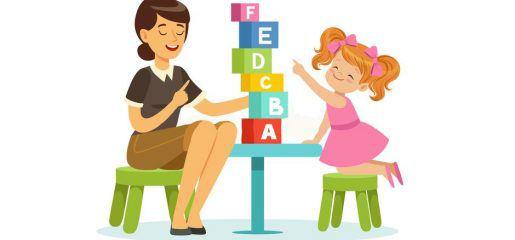
Intensive Rehabilitation Program
Is it a good approach to improve the performance of children with cerebral palsy and other neurological conditions? A major concern in planning for the…
Read More
OUR PT TEAM





